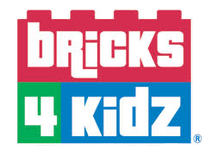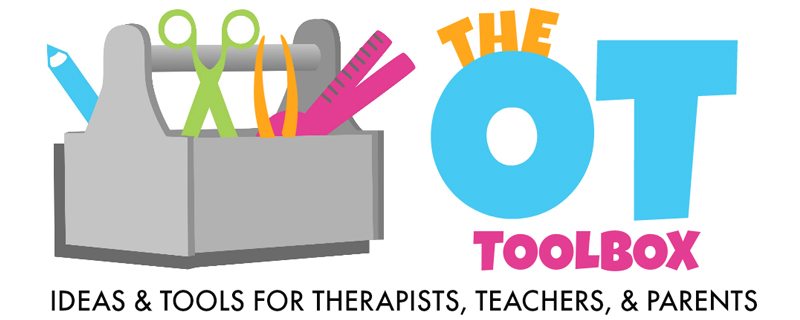Parents love making plans to create amazing hands-on learning experiences with their kids. Just pop open a parenting blog, scroll through the pictures of kids and their happy, engaged faces, and the wheels start turning.
Of the ideas that have inspired you, how many were turned into actual projects? We can relate. We’re all running short on time. One way to defeat that barrier is borrowing from the artist/crafter playbook. They’re smart, and they keep a cache of supplies handy so everything’s ready and within reach as soon as inspiration hits. Why not do the same for your kitchen counter science lab and put together a STEM kit?
Even better, there’s no need to limit this kit to specific projects that you initiate. Give the kids access to age-appropriate materials, so you don’t have to be concerned about constant supervision, and let them create and build on their own.
Pick up some sorting trays from the store, make space for storage, and load it up with materials found around the house, using this list to get you started.
What you’ll need
Empty food containers: Washed and rinsed gallon jugs, individual drinks bottles, egg cartons, empty sour cream containers, pie tins,
Rubber bands
Pipe cleaners
Marbles
Empty tissue and paper towel rolls
Duct tape
Glue stick
Rubber cement
Small notebook and writing utensils
Craft sticks
Clips
Ruler
Straws
Empty shipping boxes and shoe boxes
Tape (Especially Scotch tape)
Foam swimming noodles
Magnets
Scissors
Foam
Paper shopping bags
12-quart dish pan or an old baby bath
Sand
Get busy!
Here’s a fun project to launch your newly built STEM station: baking soda- and vinegar-powered mini-boats, courtesy of the blog The OT Toolbox. What you’ll need is a Styrofoam egg carton, the lid from a drinks bottle, straws, tape, plus baking soda and vinegar. Once they’re put together, set them in a bin of water, activate the baking soda-vinegar reaction, and let it rip!
There’s simply no better way to cultivate that passion for learning and exploration.

